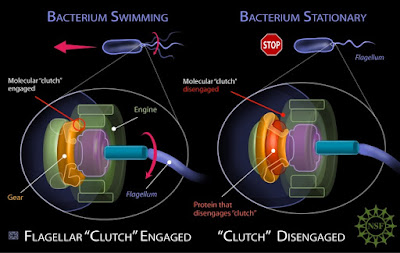Humans Show Design

Clinton Richard Dawkins claimed in The Blind Watchmaker that “Biology is the study of complicated things that give the appearance of having been designed for a purpose”. You don't need your Charles Darwin Club Secret Decoder Ring™ to see that this is nonsensical. (My ring even has a one-note whistle on it. It annoys Basement Cat.) Anyway, notice that he inserted his own opinion in the way he defined biology, and believes that even though things appear designed, that is not the case. Livescience does not seem to share that opinion, but they do pay homage to Darwin, what with being a secular site and all. In the movie Duck Soup, Chicolini asked Mrs. Teasdale , "Who ya gonna believe, me or your own eyes?" That makes me want to ask who you're going to believe, the pronouncements of evolutionists, or your own sensibilities? Credit: Pixabay / HeatherPaque We see a great deal of science supporting creation and refuting slime-to-slumlord evolution, and how both crea...


















